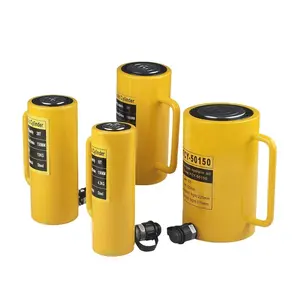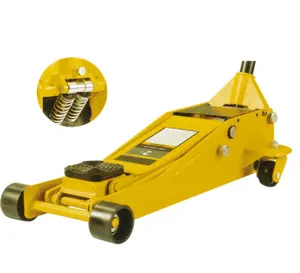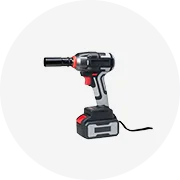About products and suppliers
Trang bị cho mình để xử lý bất kỳ vấn đề nào với xe của bạn hoặc dự trữ cho nhà để xe của bạn với một loạt các. jack min trên Alibaba.com .. jack min là những thứ không thể thiếu để nâng xe và thậm chí các đồ vật khác để thực hiện sửa chữa, sơn sửa hoặc bất kỳ hành động nào khác .. < jack min có sẵn ở các chiều cao khác nhau và có thể chịu số lượng trọng lượng khác nhau, vì vậy, việc chọn đúng loại cho mục đích của một người là điều cần thiết. Đây cũng là lý do tại sao việc tích trữ nhiều loại khác nhau là cần thiết đối với các chủ gara và những người sửa chữa xe.
jack min có trên Alibaba.com được làm từ những vật liệu có chất lượng tốt nhất như thép và nhôm, được đảm bảo không bị gỉ hoặc bị ăn mòn .. jack min có sẵn trong nhiều thiết kế phù hợp với các mục đích cụ thể. Chúng bao gồm các giắc cắm sàn, chai và cắt kéo. Nhiều. jack min có thể được tùy chỉnh và điều chỉnh. Ví dụ, độ cao có thể được điều chỉnh tùy thuộc vào mục đích. Các biến thể thủy lực và điểm tựa là những ví dụ về loại mặt hàng được cung cấp.
jack min được cung cấp đi kèm với nhiều tính năng nâng cao hiệu suất. Ví dụ: chúng có ghế đệm để tránh làm xước lớp sơn của xe .. jack min được thiết kế nhẹ và dễ di chuyển để người dùng không bao giờ bị bắt gặp. Nhiều. jack min có cách viết hoa mở rộng và có vẻ ngoài bóng bẩy.
Duyệt qua phạm vi rộng lớn của. jack min trên Alibaba.com và chọn những nhà cung cấp phù hợp nhất với bạn .. jack min các nhà cung cấp sẽ tích trữ tốt những mặt hàng chất lượng cao từ trang web này vì chúng có giá cả cạnh tranh chưa từng có. Tìm các giao dịch tốt nhất hôm nay.





















